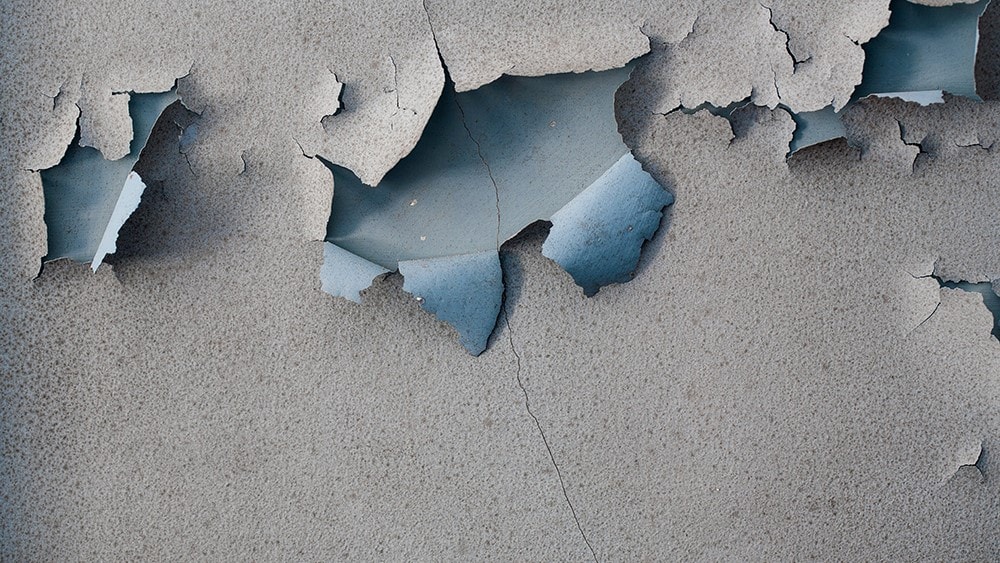At a glance
Protecting children from exposure to lead is important for lifelong good health. Even low levels of lead in blood have been shown to negatively affect a child’s intelligence, ability to pay attention, and academic achievement. Mothers can expose infants to lead through breast milk.

Lead exposure
Women who are or have been exposed to lead can expose their fetus to lead during pregnancy through blood. Mothers can also expose infants to lead through breast milk. This can have long-term effects on the neurodevelopment of their children. No safe blood lead level has been identified. Even low levels of lead in blood have been shown to negatively affect a child’s intelligence, ability to pay attention, and academic achievement.
During pregnancy and lactation, mothers can have lead in their blood or breast milk if:
- They have been directly exposed to lead during pregnancy or lactation.
- Lead that is stored in their bones and teeth from prior lead exposure is released during pregnancy or lactation.
Breastfeeding recommendations
Breastfeeding recommendations vary based on the amount of lead in the mother's blood. This is referred to as a blood lead level (BLL). It is measured in micrograms per deciliter (μg/dL).
If a pregnant or lactating woman has blood lead levels (BLLs) greater than or equal to 5 μg/dL, the health care provider should attempt to determine the source(s) of lead exposure. They can work with the local health department and occupational medicine specialists, as needed, for environmental assessment and case management.
BLLs between 5 and 39 μg/dL
Women with BLLs greater than or equal to 5 μg/dL and below 40 μg/dL can breastfeed. However, the following step should be taken to protect children from lead exposure.
Monitor infant BLLs. Breastfeeding should continue for all infants with BLLs below 5 μg/dL.
- If infant BLLs are rising or failing to decline by 5 μg/dL, the health care provider should contact the local health department for environmental sampling.
- If no external source is identified and maternal BLLs are greater than or equal to 20 μg/dL AND infant BLLs are greater than or equal to 5 μg/dL, then breast milk may be the source of lead exposure. Mothers should consider temporarily pumping and discarding their breast milk until maternal BLLs are lower.
BLLs at or above 40 μg/dL
Mothers with BLLs greater than or equal to 40 μg/dL are encouraged to pump and discard their milk until their BLLs drop below 40 µg/dL. Testing breast milk for lead is not recommended.
Lead hazards
Breastfeeding women should be aware of or avoid the following possible sources of lead exposure.
Lead-based paint
Lead-based paint is typically found in homes built before 1978. Stay away from repair, repainting, renovation, and remodeling work. Test paint before starting home improvements that disturb paint. If hiring others to perform the work, make sure they follow the Environmental Protection Agency's lead paint repair rules.
Pica
People with this eating disorder may eat things that are not food. Never eat or mouth clay, soil, pottery, or paint chips because they may be contaminated with lead.
Certain foods, cosmetics, and medicines
Use caution when eating candies, spices, food additives, and other foods from other countries, especially if they appear to be noncommercial products of unknown safety. Limit eating game meat—such as deer—that have been hunted with lead ammunition.
Avoid using imported lead-glazed ceramic pottery and pewter or brass containers or utensils to cook, serve, or store food. Avoid using leaded crystal to serve or store beverages. Do not use dishes that are chipped or cracked.
Avoid imported items that may contain lead, such as:
- Medicines and herbal remedies (azarcon, Ayurvedics).
- Cosmetics and ceremonial powders (tiro, kohl, kajal, surma).
- Personal care products (litargirio).
Water with lead levels exceeding 15 parts per billion (ppb)
If water lead levels exceed 15 ppb, use bottled water or water from a filtration system. When cooking and drinking, be sure the system is certified by an independent testing organization to reduce or eliminate lead.
Jobs or hobbies
Some occupations or hobbies may involve lead exposure. These include:
- Construction or home renovation/repair in pre-1978 homes.
- Firing ranges.
- Battery or electronics manufacturing or recycling.
- Soldering or casting metal.
- Oil field work.
- Mining.
- Aviation gas used in small planes.
If a household member works with lead, take precautions to avoid taking home lead dust in cars or on clothing, skin, hair, and shoes.
Prior lead exposure
Prior significant exposure such as childhood environmental exposure or previous occupational exposure could lead to large stores of lead in bone. These stores can become mobilized during pregnancy.
Recent immigration
Someone who recently immigrated to the United States from a country with relatively high lead exposure may have high levels of lead in their blood. These may include immigrants from countries where leaded gasoline is still used or where consumer products commonly contain lead.
Learn more
- Lead in Spices, Herbal Remedies, and Ceremonial Powders Sampled from Home Investigations for Children with Elevated Blood Lead Levels — North Carolina, 2011–2018.
- Guidelines for the Identification and Management of Lead Exposure in Pregnant and Lactating Women
- Resources for Workers with Lead Exposure
- Overview of Childhood Lead Poisoning Prevention
- Prevention Tips for Pregnant Women
- Lead Screening During Pregnancy and Lactation
- Prevention of Childhood Lead Toxicity
